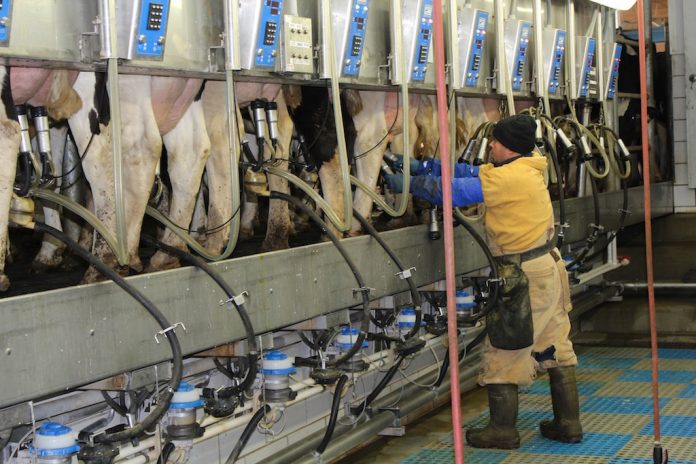Establishing and teaching protocols for crucial farm tasks form the foundation of training farm employees.
Strictly speaking, protocol is defined as a set of rules or standards to guide conduct or format. Within the context of a farm, protocols are defined as a set of steps or procedures that guide or define how a larger task is accomplished.
Protocols are useful because they lay out the details of a specific task and allow a farm employee to know what the farm manager/owner and/or their supervisor expects of them regarding the task.
In this time of dealing with the impact of the COVID-19 coronavirus, protocols are useful to cross-train farm employees and build some resiliency into the farm operation. Whether the farm uses only family labor, family plus nonfamily labor or only nonfamily labor, protocols can be used to improve communication and expectations about how a specific task should be accomplished.
Good protocols have two basic characteristics: one, they are followed by employees, and two, they produce a desired result.
Unfortunately, just putting something down in writing does not guarantee employees will follow the instruction or, if they do, that the results are positive. Sometimes protocols are poorly written, too long, too complicated or they may use terms, words and expressions that are not understood. Sometimes protocols don’t account for the actual work environment and are not practical.
Use the following tips to write useful, effective protocols.
Take a team approach
Team members can include industry professionals/consultants as well as farm employees and family members.
To help increase the readability of a protocol include photos, drawings, charts or graphs. If English is a second language for some of your employees, can you have the protocol written in their native language?
Importance of training
An article I read on writing farm protocols from Michigan State Extension suggested that successful protocols are based or built on solid research, adapted to your farm situation. Training around the written protocols is essential to ensure the protocols are used by farm employees.
Training should include clear explanations of why the farm wants a specific task done in this way. Employees are more likely to follow a procedure if they understand the “why” behind the procedure. For example, why should a pre-dip be left on cow teats for 30 seconds before wiping it off? Why is 90 to 120 seconds needed between the time the udder is first touched until the milking unit is attached?
If the employee just sees this kind of timing as a rule, the temptation is to speed the process up, cut some corners and save time.
Continuity is key
Protocol training is not a one-and-done type of deal. Over time, it is natural to see driftaway from protocols and, whether intentionally or unintentionally, a step gets left out or it is not followed completely. It is common to see protocols get modified over time by employees in the interest of saving time.
For this reason, it is necessary to have regular and consistent refresher sessions. This is a good reminder for experienced employees and helps newer employees as well. In some cases, adherence to protocols can be tied into job performance expectations and/or bonuses.
Review annually
Another key to making sure protocols achieve good results and improve farm efficiency and profitability is to use a farm team to review protocols annually. Does each protocol still make sense? Has there been some type of change in the farm or farm operation that requires the protocol to be changed or modified? For example, this might include a new piece of equipment or machinery, remodeling of facilities, etc.
Has anything changed regarding how we understand a specific management practice? Protocols can be updated, edited, added or removed.
Employee input
Ask employees for feedback on protocols; ask them what can be improved.
Farm managers should embrace written protocols as a tool to train farm employees. The goal of protocols is to ensure consistency in performance between employees and give employees more confidence in doing their job.













